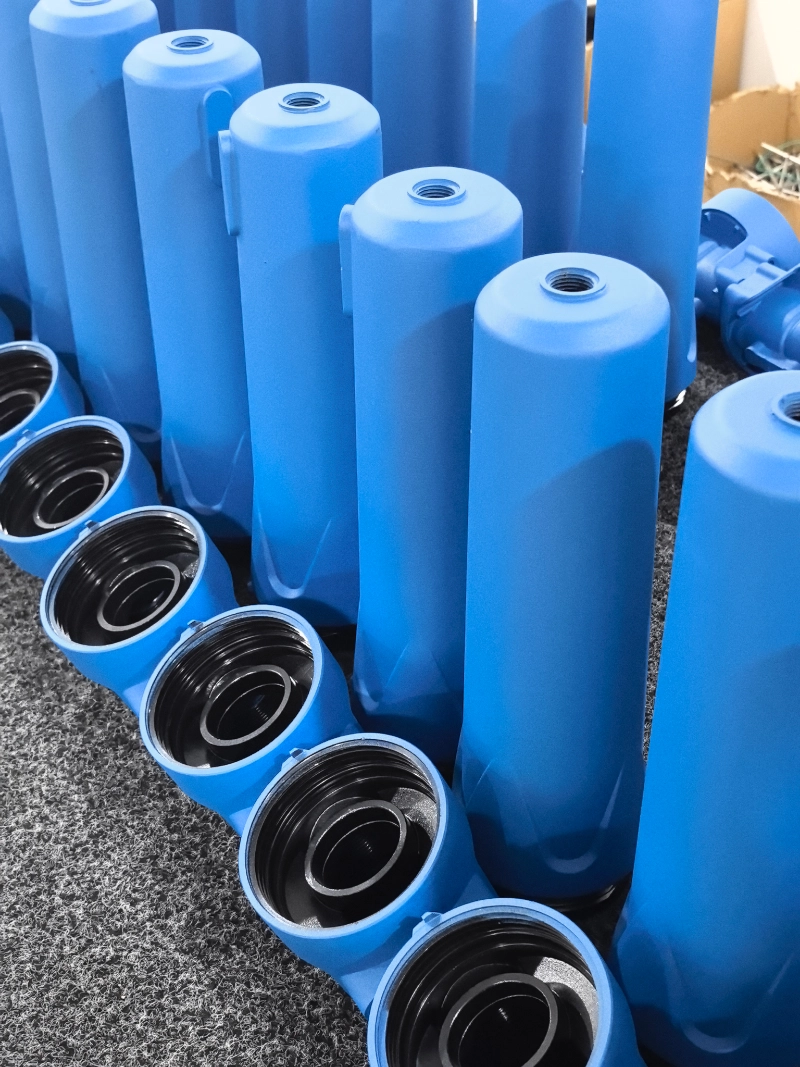In the realm of construction, finding the most cost-effective house building material is a perpetual pursuit. With the rising costs of construction materials, it becomes crucial to identify a solution that not only fits the budget but also meets the required standards of durability and sustainability. In this blog post, we delve into the world of construction materials to uncover the hidden gem – the cheapest house building material that offers exceptional value without compromising on quality.
- The Rise of Sustainable Alternatives:
In recent years, sustainable building materials have gained significant traction due to their eco-friendly nature and cost-effectiveness. One such material is bamboo. Known for its rapid growth and abundance, bamboo offers a viable solution for affordable housing. Its strength, durability, and versatility make it an excellent choice for various construction applications, including walls, floors, and roofs. Additionally, bamboo's natural resistance to pests and its ability to sequester carbon further enhance its appeal as a sustainable and cost-effective building material. - The Versatility of Earth:
Another affordable and eco-friendly option is earth-based construction materials. Clay, mud, and compressed earth blocks have been used for centuries in different cultures worldwide. These materials are readily available, low-cost, and have excellent thermal properties, making them ideal for energy-efficient housing. Earth-based construction techniques, such as rammed earth and adobe, offer not only affordability but also a unique aesthetic appeal that blends harmoniously with the natural surroundings. - Embracing Recycled Materials:
In the pursuit of cost-effective housing, utilizing recycled materials has emerged as a promising solution. One such material is reclaimed wood. Salvaged from old buildings, barns, or shipping pallets, reclaimed wood not only reduces waste but also adds character and warmth to a home. Its affordability, durability, and versatility make it an attractive choice for both structural and decorative elements. Additionally, recycled steel and plastic can be used for framing and insulation, providing a cost-effective alternative to traditional materials. - The Potential of Prefabrication:
Prefabricated construction methods have gained popularity due to their efficiency and cost-effectiveness. By manufacturing building components off-site, costs associated with labor, waste, and transportation are significantly reduced. Materials such as lightweight steel frames, concrete panels, and insulated foam boards are commonly used in prefabricated construction, offering a cost-effective solution without compromising structural integrity.
Conclusion:
In the quest for the cheapest house building material, it is essential to consider factors beyond initial costs. Sustainable alternatives like bamboo, earth-based materials, and recycled options offer not only affordability but also environmental benefits. Additionally, embracing prefabrication techniques can further enhance cost-effectiveness. By exploring these hidden gems, we can pave the way for affordable, durable, and sustainable housing solutions that meet the needs of today and tomorrow.



More Stories
Water Based Car Spray Booth Solutions for Automotive Paint Systems
Shoring Props Explained: Types, Uses, and Safety Tips for Construction Projects
Why H20 Beams Are Essential for Large-Scale Construction and Infrastructure Projects